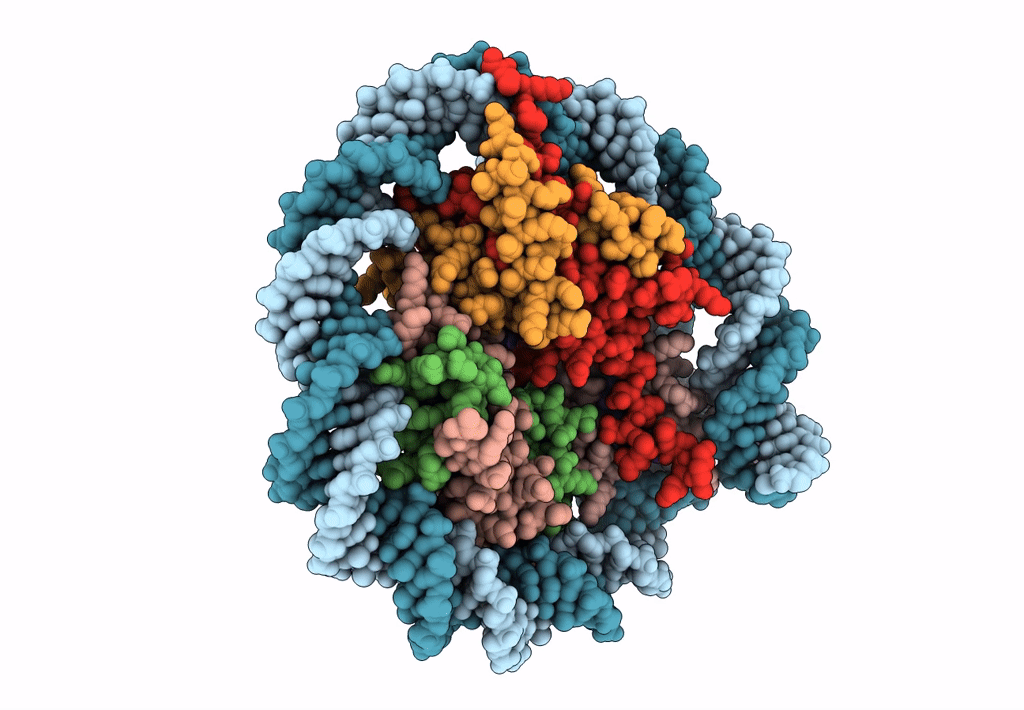
Deposition Date
2023-04-04
Release Date
2023-07-26
Last Version Date
2024-07-24
Entry Detail
PDB ID:
8OOA
Keywords:
Title:
CryoEM Structure INO80core Hexasome complex Hexasome refinement state1
Biological Source:
Source Organism:
Homo sapiens (Taxon ID: 9606)
synthetic construct (Taxon ID: 32630)
synthetic construct (Taxon ID: 32630)
Host Organism:
Method Details:
Experimental Method:
Resolution:
3.18 Å
Aggregation State:
PARTICLE
Reconstruction Method:
SINGLE PARTICLE


